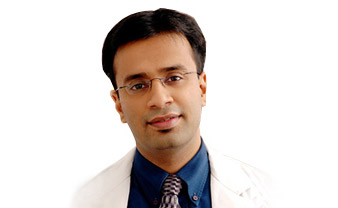

Dr. Debraj Shome is Director and Co founder of The Esthetic Clinics. He has been rated amongst the top surgeons in India by multiple agencies. The Esthetic Clinics patients include many international and national celebrities who prefer to opt for facial cosmetic surgery and facial plastic surgery in Mumbai because The Esthetic Clinics has its headquarters there.
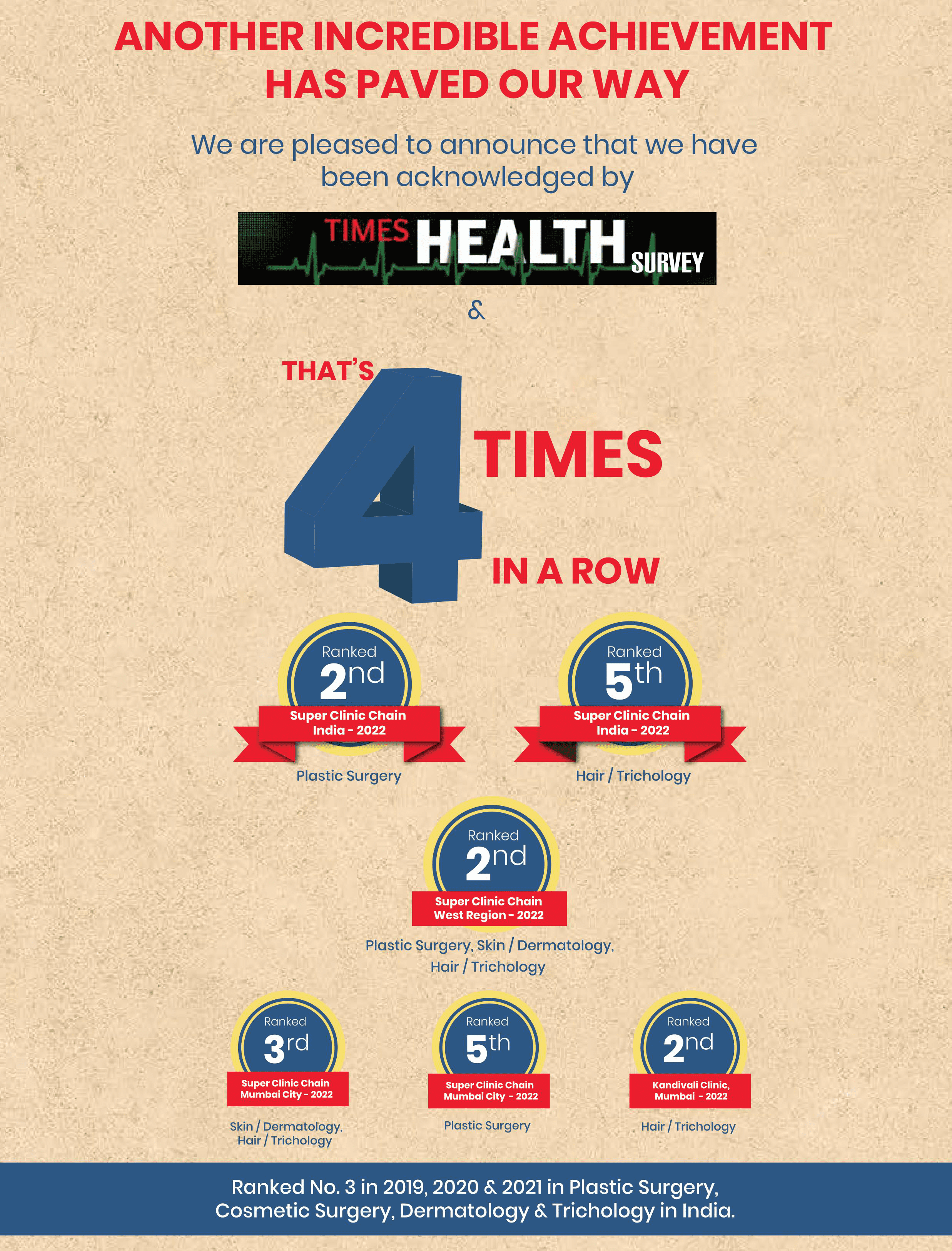
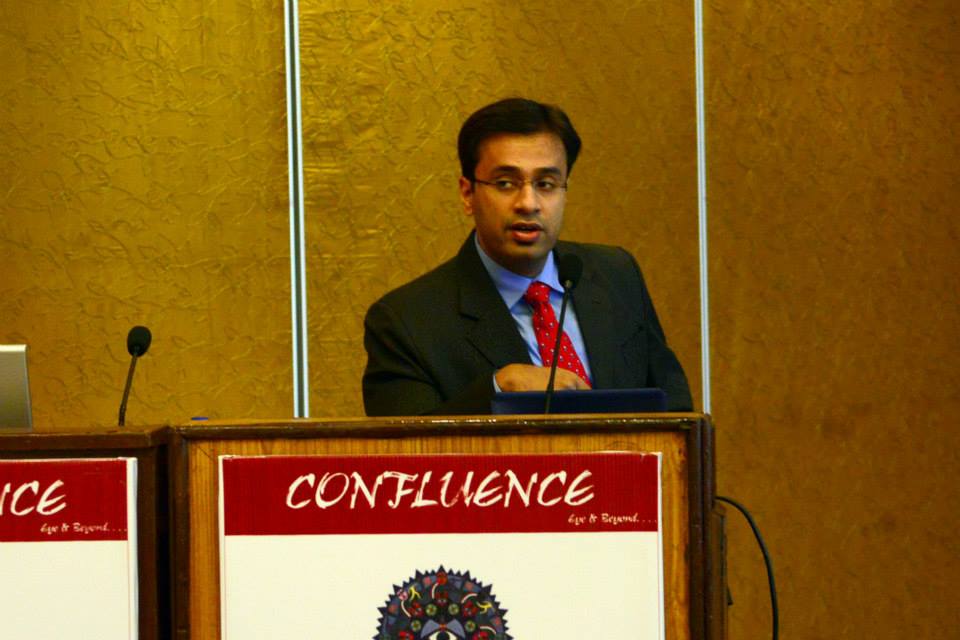
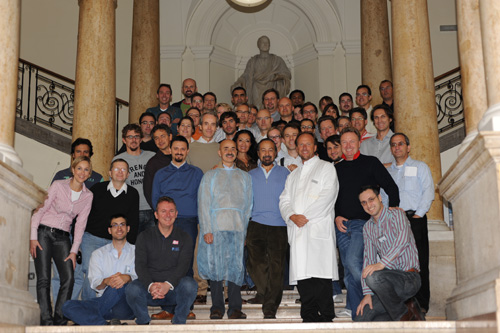
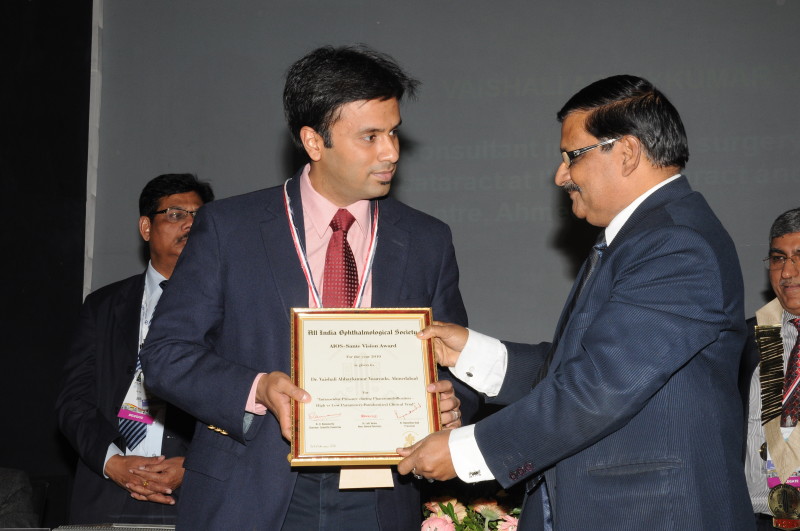
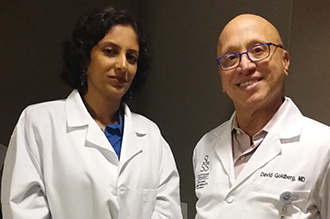
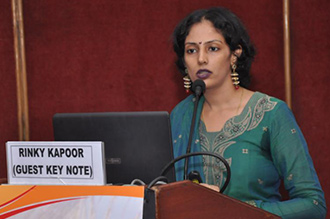
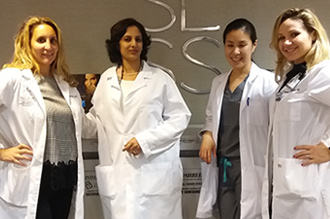













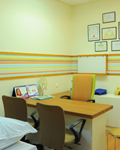



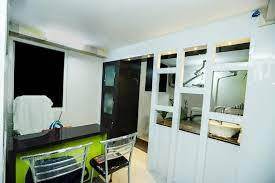




All Rights Reserved © 2022 The Esthetic Clinics | Privacy Policy | Terms of Use | Payment Policy



